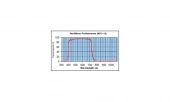Description
Hot and Cold Mirrors are essential optical components designed to manage light and heat in various applications. These mirrors are crafted with precision to either reflect or transmit specific wavelengths, making them invaluable in environments where temperature control and light management are critical. The use of high-quality Borosilicate glass ensures durability and performance even in high-temperature settings, providing a reliable solution for demanding optical systems.
Hot Mirrors are specifically engineered to separate visible light from heat by reflecting infrared radiation while allowing visible light to pass through. This capability is particularly useful in applications where heat needs to be managed without compromising the quality of visible light. The preferred angle of incidence (AOI) for optimal performance is 0º, with a common wavelength range for transmission between 420-700nm and a reflection range of 800-1000nm. This makes hot mirrors ideal for systems that require high transmission of visible light and effective heat management.
Cold Mirrors, on the other hand, are designed to reflect visible light while transmitting infrared radiation, effectively removing heat from the system. These mirrors are best operated at an AOI of 45º, with a transmission range of 800-1200nm and a reflection range of 400-700nm. Cold mirrors are perfect for applications where visible light needs to be maximized while minimizing heat, ensuring that optical systems remain cool and efficient.
Both hot and cold mirrors are available in various sizes and configurations, with the option for custom designs to meet specific requirements. The use of dielectric multilayer coatings enhances their performance, providing high transmission and reflection rates. Whether you need to manage heat in a lighting system or optimize the performance of an optical device, hot and cold mirrors offer a versatile and effective solution.
Hot Mirror MC45-25.4
Specifications
| Diameter: | 25.4 mm |
|---|---|
| Thickness: | 3.3 mm |
| Surface Flatness: | lambda/2 |
| Surface Quality: | 80-50 scratch-dig |
| Transmission: | 85 % |
| Reflection: | 90 % |
| Transmission Range: | 425 – 700 nm |
| Reflection Range: | 750 – 1050 nm |
Features
- High Visible Transmission (Hot Mirrors): T>85% for 420–700 nm.
- Strong Infrared Reflection (Hot Mirrors): R>95% at 800–1000 nm.
- Visible Reflection (Cold Mirrors): R>95% for 400–700 nm.
- Infrared Transmission (Cold Mirrors): T>85% at 800–1200 nm.
- Durable Borosilicate Glass: Supports high-temperature operation.
- Dielectric Multilayer Coating: Provides stable, long-lasting performance.
- Custom Configurations: Available in diameters from 15 mm to 300 mm.
- Protective Beveled Edges: For safe handling and system integration.
Applications
- Projection Systems: Efficient heat management in video and data projectors.
- Lighting Systems: Separation of visible light and infrared for cooler illumination.
- Optical Instrumentation: Heat filtering for microscopes and scientific devices.
- Medical and Dental Devices: Enhanced illumination without excessive heat.
- Laser Systems: Directing visible light while managing unwanted thermal radiation.
- Imaging and Display Systems: Improving clarity by minimizing thermal distortion.
Frequently Asked Questions
What is a hot mirror?
What is the preferred angle of incidence for a hot mirror?
What is the most common wavelength range for transmission through a hot mirror?
What is a cold mirror?
What is the preferred angle of incidence for a cold mirror?
Similar Products
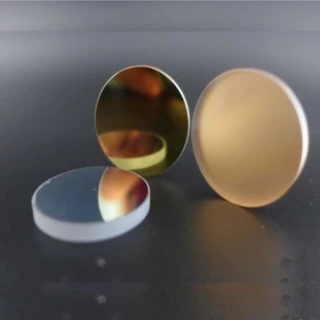
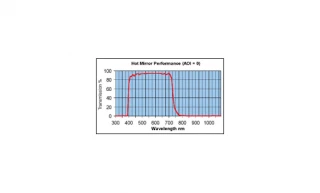
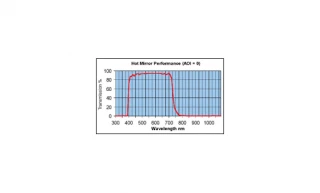

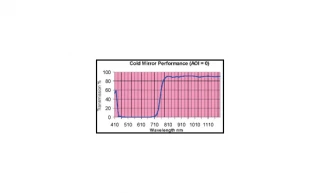
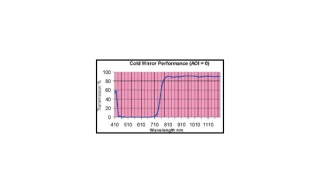


Your inquiry has been received.
Create an account by adding a password
Why create an account?
- Auto-complete inquiry forms
- View and manage all your past messages
- Save products to your favorites
- Close your account anytime — no hassle
